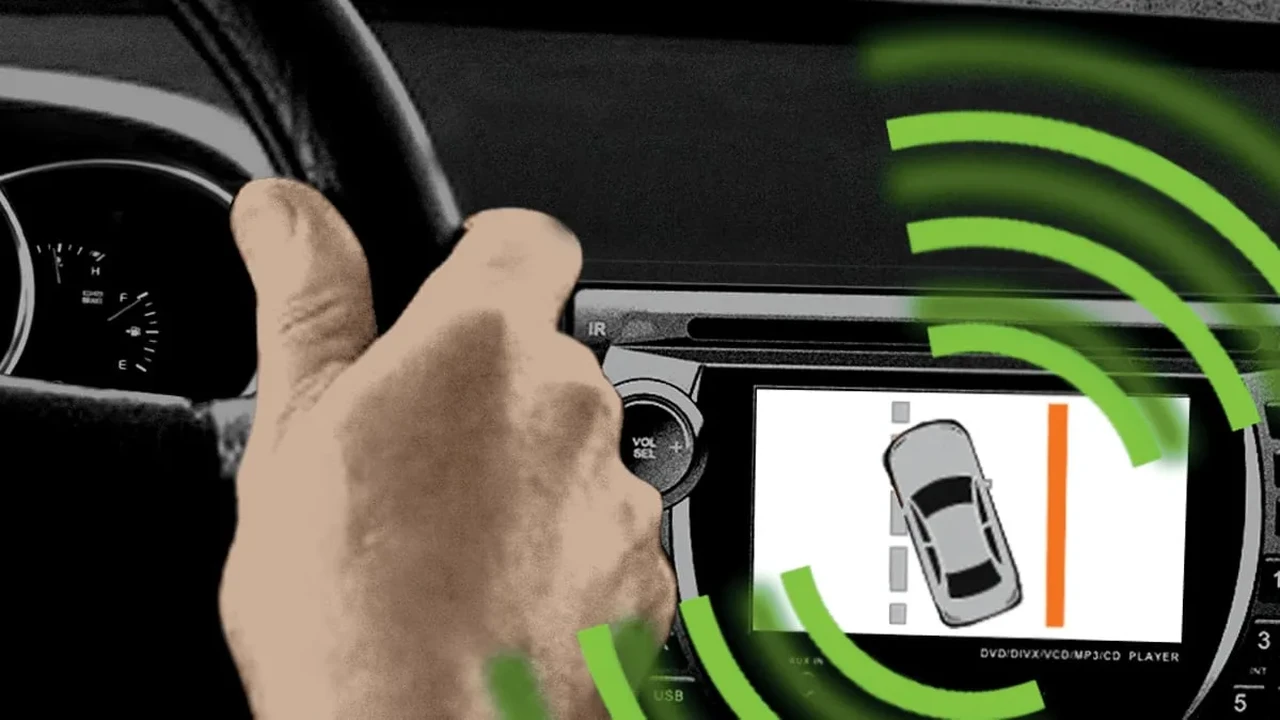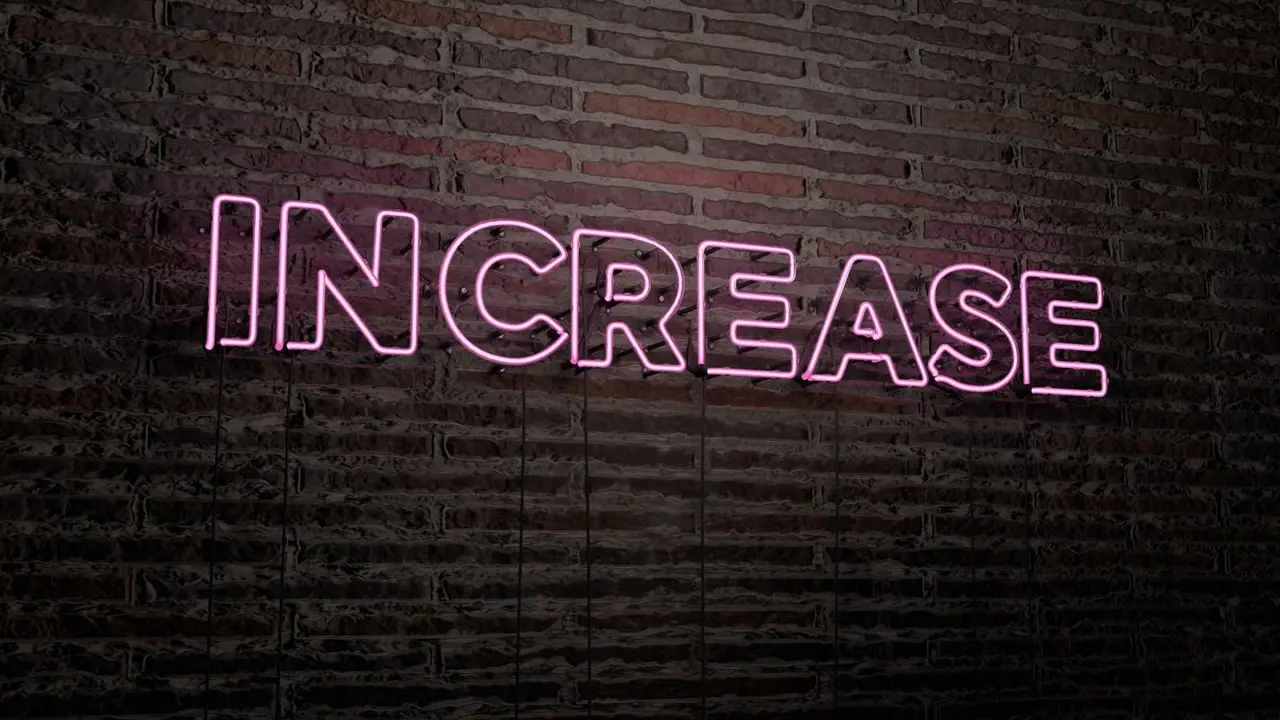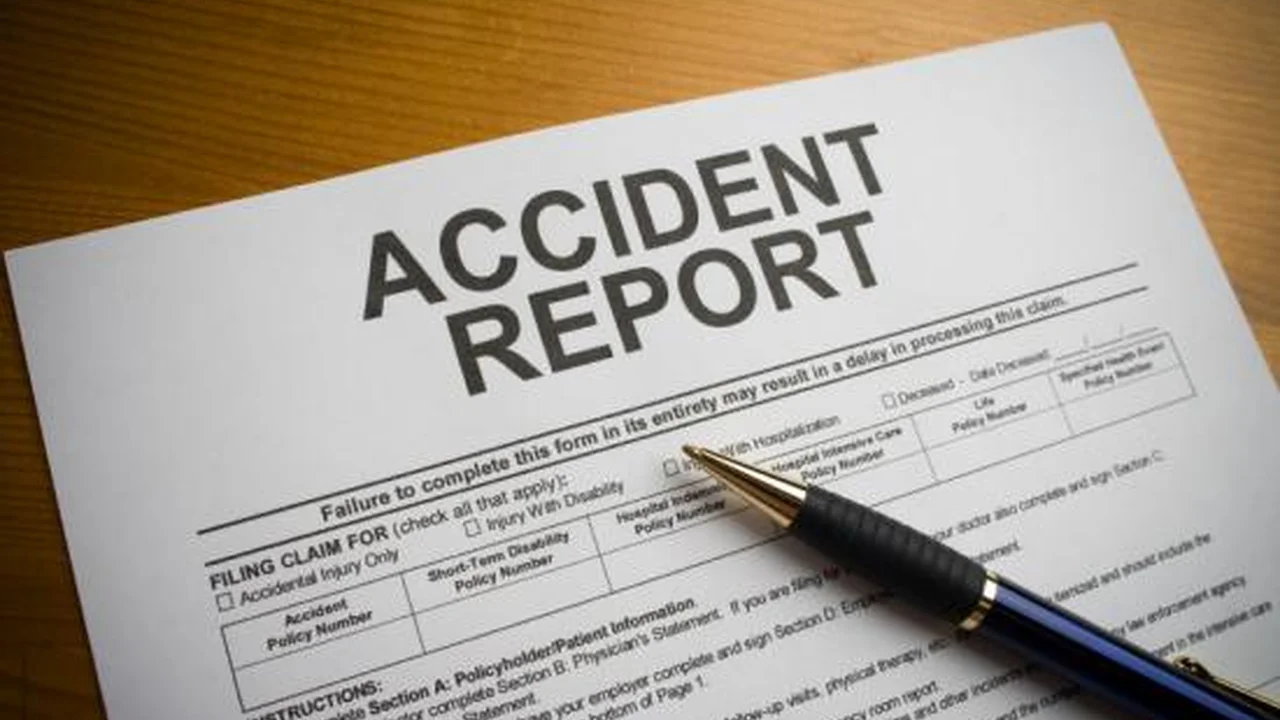Lane Departure Warning vs. Lane Keeping Assist: What's the Difference?
Sample meta description.

Understanding Lane Departure Warning LDW Systems
Okay, so you're cruising down the highway, maybe a little tired, and you start to drift. Lane Departure Warning (LDW) is like that friend who nudges you awake. It's designed to alert you when your vehicle begins to stray from its lane without you signaling. Think of it as a gentle reminder to pay attention. How does it work? Usually, it uses cameras to monitor lane markings. If you cross those lines unintentionally, the system will give you an audible, visual, or even a haptic warning – like a vibration in your seat or steering wheel.
The beauty of LDW is its simplicity. It's a warning system, pure and simple. It doesn’t actively steer the car; it just lets you know you're drifting. This makes it a relatively affordable and widely available safety feature, even on older and more budget-friendly vehicles. But remember, it's not a substitute for attentive driving. It's a safety net, not a replacement for your own awareness.
Exploring Lane Keeping Assist LKA Systems
Now, let's talk about Lane Keeping Assist (LKA). This is LDW's more proactive cousin. LKA not only warns you when you're drifting, but it also actively helps you stay in your lane. Think of it as having a co-pilot who gently guides you back on track.
How does LKA work its magic? Like LDW, it uses cameras to detect lane markings. But when it senses you drifting, it'll take action. This usually involves gently steering the vehicle back into the center of the lane. Some systems might also apply the brakes on one side of the car to help correct your course. The key difference is that LKA actively intervenes to prevent you from drifting out of your lane.
LKA is a step up from LDW in terms of sophistication and intervention. It can be particularly helpful on long drives or when you're feeling fatigued. However, it's important to understand its limitations. LKA is not a self-driving system. It's designed to assist you, not to take over completely. You still need to be in control of the vehicle and pay attention to the road.
Key Differences LDW vs LKA A Detailed Comparison
Let's break down the key differences between LDW and LKA:
- Intervention: LDW only warns, while LKA actively steers or brakes.
- Complexity: LKA systems are generally more complex and expensive.
- Driver Input: LDW requires the driver to take corrective action, while LKA provides active assistance.
- Availability: LDW is more widely available on a broader range of vehicles.
Which one is right for you? It depends on your needs and preferences. If you're looking for a basic safety net that alerts you to unintentional lane departures, LDW is a great option. If you want a more proactive system that actively helps you stay in your lane, LKA is the way to go.
Real World Scenarios LDW and LKA in Action
Let's paint some pictures. Imagine you're on a long road trip. You're a bit tired, and your attention starts to wander. With LDW, you'll get a beep or a vibration in your seat, reminding you to refocus and correct your course. With LKA, the car will gently nudge you back into the center of the lane, preventing you from drifting in the first place.
Another scenario: you're driving on a winding road. You're paying attention, but you accidentally drift a little too close to the lane markings. LDW will alert you to the danger, giving you time to react. LKA will step in and steer you away from the edge of the lane, preventing a potential accident.
These are just a few examples of how LDW and LKA can help improve your driving safety. They're not foolproof, but they can provide valuable assistance in a variety of situations.
Product Recommendations and Comparisons LDW and LKA Systems
Okay, let's get down to specifics. Here are a few examples of vehicles with LDW and LKA, along with their approximate prices:
Subaru Forester LKA System
The Subaru Forester, known for its safety features, comes standard with Subaru's EyeSight Driver Assist Technology, which includes Lane Keeping Assist. The LKA system in the Forester works well on highways, providing gentle steering assistance to keep you centered in your lane. It's a great option for families and drivers who prioritize safety. Expect to pay around $27,000 to $37,000 depending on the trim level.
Honda Civic LDW and LKA System
The Honda Civic offers both Lane Departure Warning and Lane Keeping Assist as part of its Honda Sensing suite of safety features. The Civic's LKA system is particularly effective at highway speeds, providing smooth and responsive steering assistance. The LDW system is a good backup, alerting you to unintentional lane departures. The Civic is a popular choice for its fuel efficiency and reliability, with prices ranging from $23,000 to $30,000.
Tesla Model 3 LKA System
The Tesla Model 3 features Autopilot, which includes a sophisticated Lane Keeping Assist system. Tesla's LKA is known for its advanced capabilities, including automatic lane changes and navigation on Autopilot. However, it's important to remember that Autopilot is not a self-driving system and requires driver supervision. The Model 3 is a premium electric vehicle, with prices starting around $43,000.
Comparing the Systems
When comparing these systems, consider the following:
- Effectiveness: How well does the system keep the vehicle in its lane?
- Responsiveness: How quickly does the system react to lane departures?
- Smoothness: How smooth is the steering assistance provided by the system?
- Features: Does the system offer additional features, such as automatic lane changes?
- Price: How much does the vehicle cost?
Ultimately, the best LDW or LKA system for you will depend on your individual needs and preferences. It's always a good idea to test drive vehicles with these features to see how they perform in real-world conditions.
Maintenance and Troubleshooting Tips for LDW and LKA
To keep your LDW and LKA systems working properly, it's important to maintain them regularly. Here are a few tips:
- Keep your windshield clean: Dirty windshields can impair the cameras used by these systems.
- Ensure lane markings are visible: Faded or obscured lane markings can affect the system's performance.
- Check for error messages: Pay attention to any warning lights or error messages on your dashboard.
- Consult your owner's manual: Refer to your vehicle's owner's manual for specific maintenance recommendations.
If you experience problems with your LDW or LKA system, such as frequent false alarms or a complete system failure, it's best to take your vehicle to a qualified mechanic for diagnosis and repair.
Future Trends in Lane Keeping Technology
The future of lane keeping technology is bright. As technology advances, we can expect to see even more sophisticated and effective systems. Some of the trends to watch for include:
- Improved sensor technology: More advanced cameras and sensors will provide a more accurate and reliable view of the road.
- Integration with other safety systems: Lane keeping systems will be integrated with other safety features, such as adaptive cruise control and automatic emergency braking, to provide a more comprehensive safety net.
- Enhanced artificial intelligence: AI will play a greater role in lane keeping systems, allowing them to adapt to changing road conditions and driver behavior.
- Increased autonomy: As self-driving technology matures, lane keeping systems will evolve into more advanced autonomous driving features.
These advancements promise to make driving even safer and more convenient in the years to come.
:max_bytes(150000):strip_icc()/277019-baked-pork-chops-with-cream-of-mushroom-soup-DDMFS-beauty-4x3-BG-7505-5762b731cf30447d9cbbbbbf387beafa.jpg)






